Health & Science
A mind-control breakthrough; More Arctic methane leaks; Hazardous asteroids; Secrets of ancient bacteria
A mind-control breakthrough
Two paralyzed people have been able to control a robotic arm with their minds alone—a major step toward the day when people with spinal cord injuries will regain control of their arms and legs. Researchers at Brown University implanted tiny silicon chips in the brains of two patients who were unable to move or speak, and attached the chips with wires to a computer-controlled robotic arm. When the volunteers thought about picking up an object, the chip relayed the pattern of electrical signals firing in their brains to the computer, which translated those impulses into commands for how the arm should swivel, extend, or grasp an object. In one test, a 58-year-old woman used only her thoughts to pick up a thermos of coffee and bring it to her lips for a drink, a feat she’d been unable to perform for 15 years. The study’s success “represents a remarkable advance” in the field of neural-interface technology, bioengineer Roderic Pettigrew of the National Institutes of Health tells Reuters.com. “Our real dream for this research,” says neurologist Leigh Hochberg, is to “one day reconnect the brain to the limbs” in patients paralyzed by injury or stroke, giving them power over their own bodies again.
More Arctic methane leaks
The Week
Escape your echo chamber. Get the facts behind the news, plus analysis from multiple perspectives.

Sign up for The Week's Free Newsletters
From our morning news briefing to a weekly Good News Newsletter, get the best of The Week delivered directly to your inbox.
From our morning news briefing to a weekly Good News Newsletter, get the best of The Week delivered directly to your inbox.
The rapid retreat of Arctic ice is uncorking ancient reserves of methane gas, speeding up the process of global warming. Scientists from the University of Alaska traveled on foot and by plane to survey that state and Greenland for spots where methane was bubbling up through the thinning ice over lakes. In Alaska alone, they found 150,000 such methane leaks near receding glaciers or melting permafrost; in Greenland, the gas was rising along the edges of shrinking ice caps. Previous studies have shown that melting permafrost allows recently frozen plant matter to decay, causing some methane to be released. But tests of the new gas seeps showed that much of the methane came from underground stores that had been sealed with ice for millennia. Methane is 25 times more powerful as a heat-trapping gas than carbon dioxide is, and emissions of it have increased in recent years, partly because of higher populations of livestock. Arctic melting “could be a really big source” of the gas as well, ecologist Katey Walter Anthony tells The New York Times. She estimates that 50 to 70 percent more methane than previously thought is escaping the ground in Alaska.
Hazardous asteroids
Look out below: NASA has doubled its estimate of how many asteroids are on paths that could put them on a collision course with Earth. Extrapolating from new data from the Wide-Field Infrared Survey Explorer (WISE) satellite telescope, researchers have estimated that 4,700 asteroids qualify as “potentially hazardous,” meaning that they are at least 330 feet in diameter—big enough to pass through our atmosphere and cause catastrophic damage—and orbiting within 5 million miles of our planet. Of those, twice as many as previously thought are in “low-inclination orbits” pitched like our own, meaning that they “make close approaches to the earth more often,” lead researcher Amy Mainzer tells New Scientist. Only about 30 percent of the close-flying asteroids have been located, but the search continues: Scientists will need to spot them at least “20 to 30 years before a potential impact” in order to “have time to deflect them,” Mainzer says. The good news is that the closer asteroids are to the earth, the easier they are to explore and possibly mine for valuable minerals. NASA hopes to land astronauts on an asteroid by 2025.
Secrets of ancient bacteria
A free daily email with the biggest news stories of the day – and the best features from TheWeek.com
Since the time of the dinosaurs, a hardy strain of bacteria has been living deep in the barren seabed without access to sunlight, oxygen, or nutrients. Researchers found the still unnamed organisms in clay samples from 100 feet below the seafloor of the North Pacific Gyre, an area where so few nutrients reach the bottom that it takes millions of years to create a thin layer of sediment. Having received almost nothing new to eat since the Cretaceous period, the bacteria are consuming ancient stores of oxygen at a metabolic rate some 2 million times slower than that of humans. “They left the surface 86 million years ago with one lunch box, and they’re still eating out of it,” study author Hans Roy, of Aarhus University in Denmark, tells NPR.org. “It’s like they’re splitting a pie, and they keep splitting in half and in half and in half, but nobody ever eats the last crumble.” The unlikely survival of the bacteria suggests that similar forms of life might be able to exist in harsh habitats on other planets.
-
 The Week’s big New Year’s Day quiz 2026
The Week’s big New Year’s Day quiz 2026Quiz of the Year How much do you remember about 2025’s headlines? Put yourself to the test with our bumper quiz of the year
-
 Is tanking ruining sports?
Is tanking ruining sports?Today's Big Question The NBA and the NFL want teams to compete to win. What happens if they decide not to?
-
 ‘Netflix needs to not just swallow HBO but also emulate it’
‘Netflix needs to not just swallow HBO but also emulate it’instant opinion Opinion, comment and editorials of the day
-
 5 recent breakthroughs in biology
5 recent breakthroughs in biologyIn depth From ancient bacteria, to modern cures, to future research
-
 Bacteria can turn plastic waste into a painkiller
Bacteria can turn plastic waste into a painkillerUnder the radar The process could be a solution to plastic pollution
-
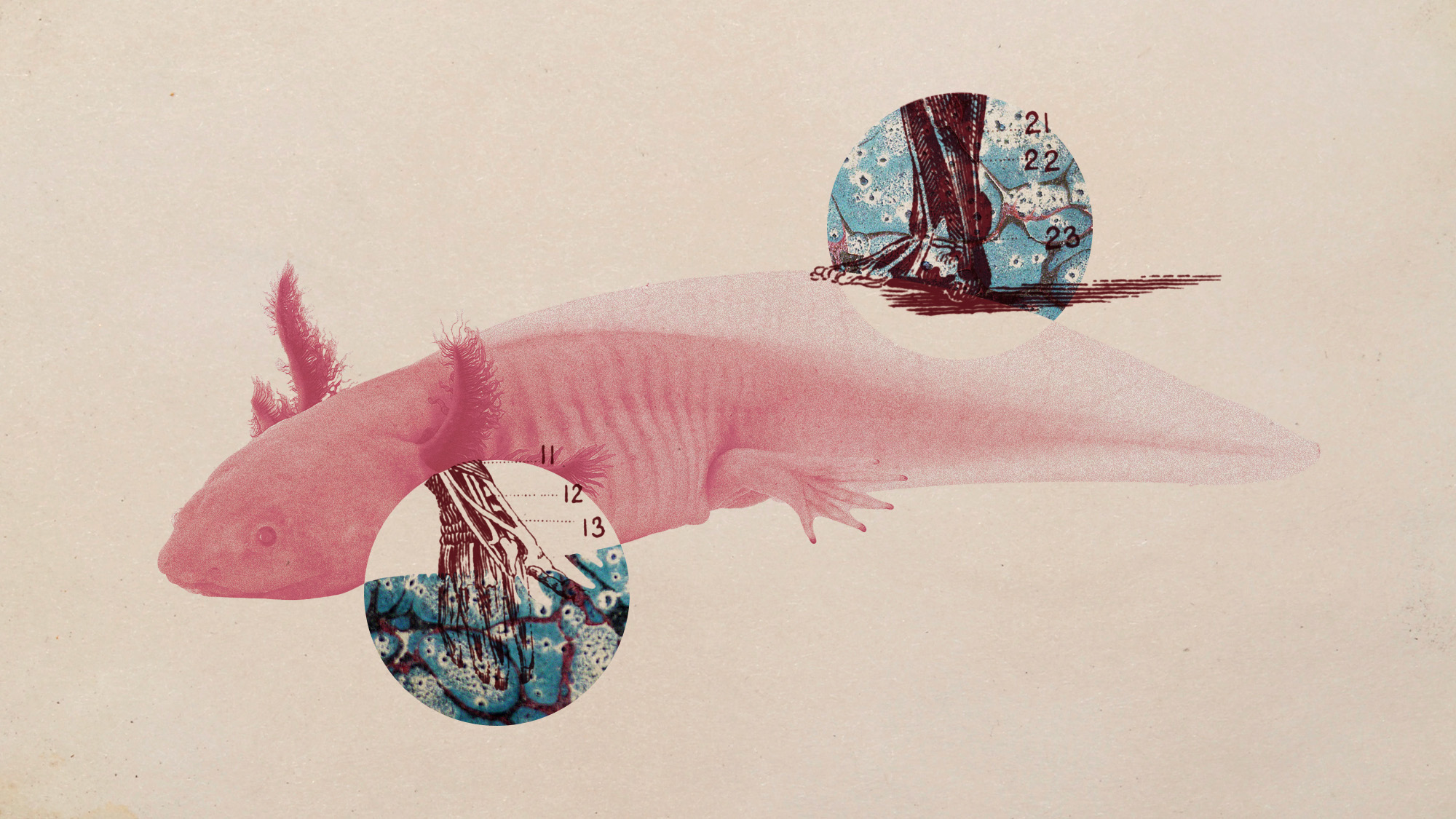 Scientists want to regrow human limbs. Salamanders could lead the way.
Scientists want to regrow human limbs. Salamanders could lead the way.Under the radar Humans may already have the genetic mechanism necessary
-
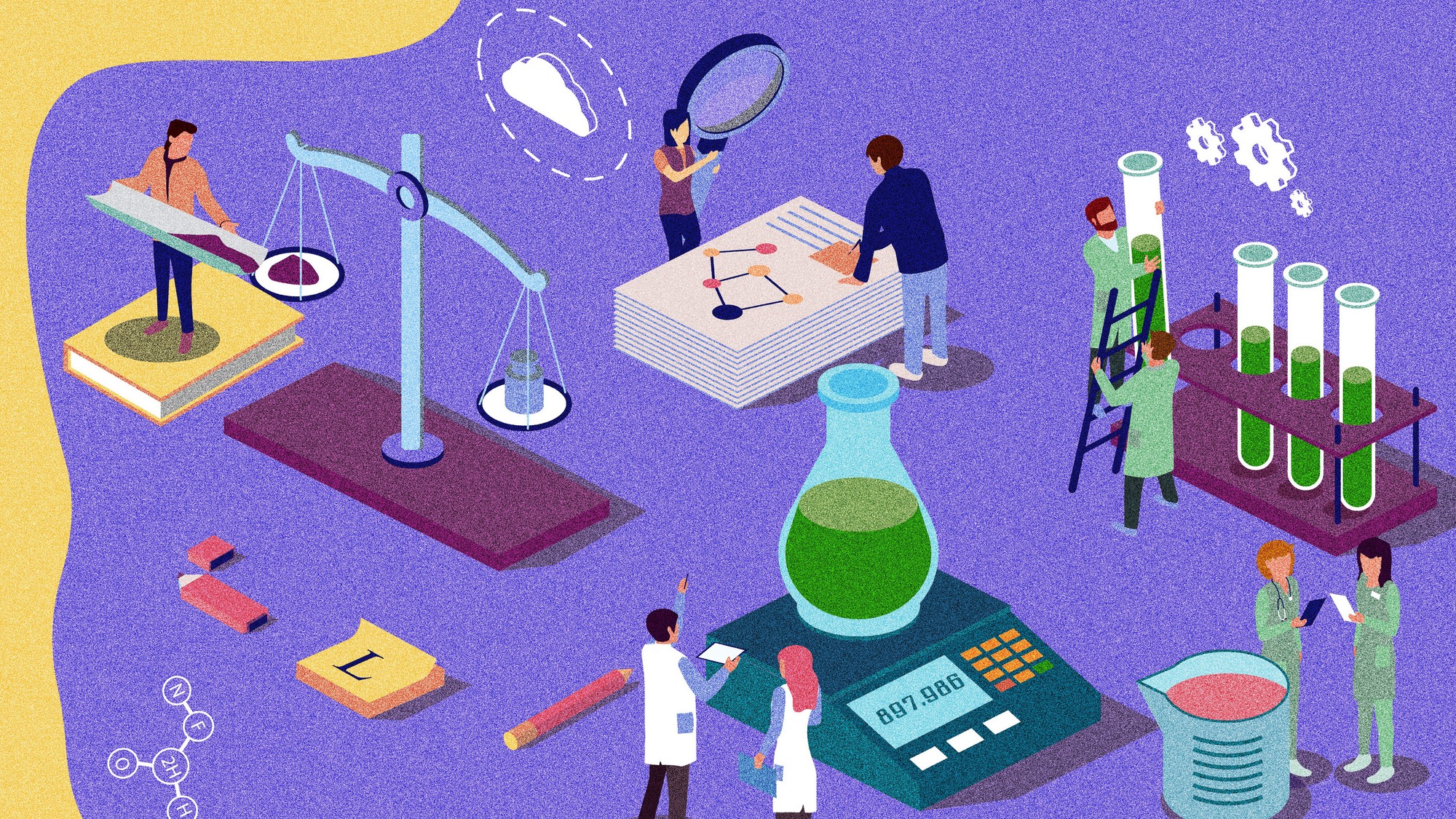 Is the world losing scientific innovation?
Is the world losing scientific innovation?Today's big question New research seems to be less exciting
-
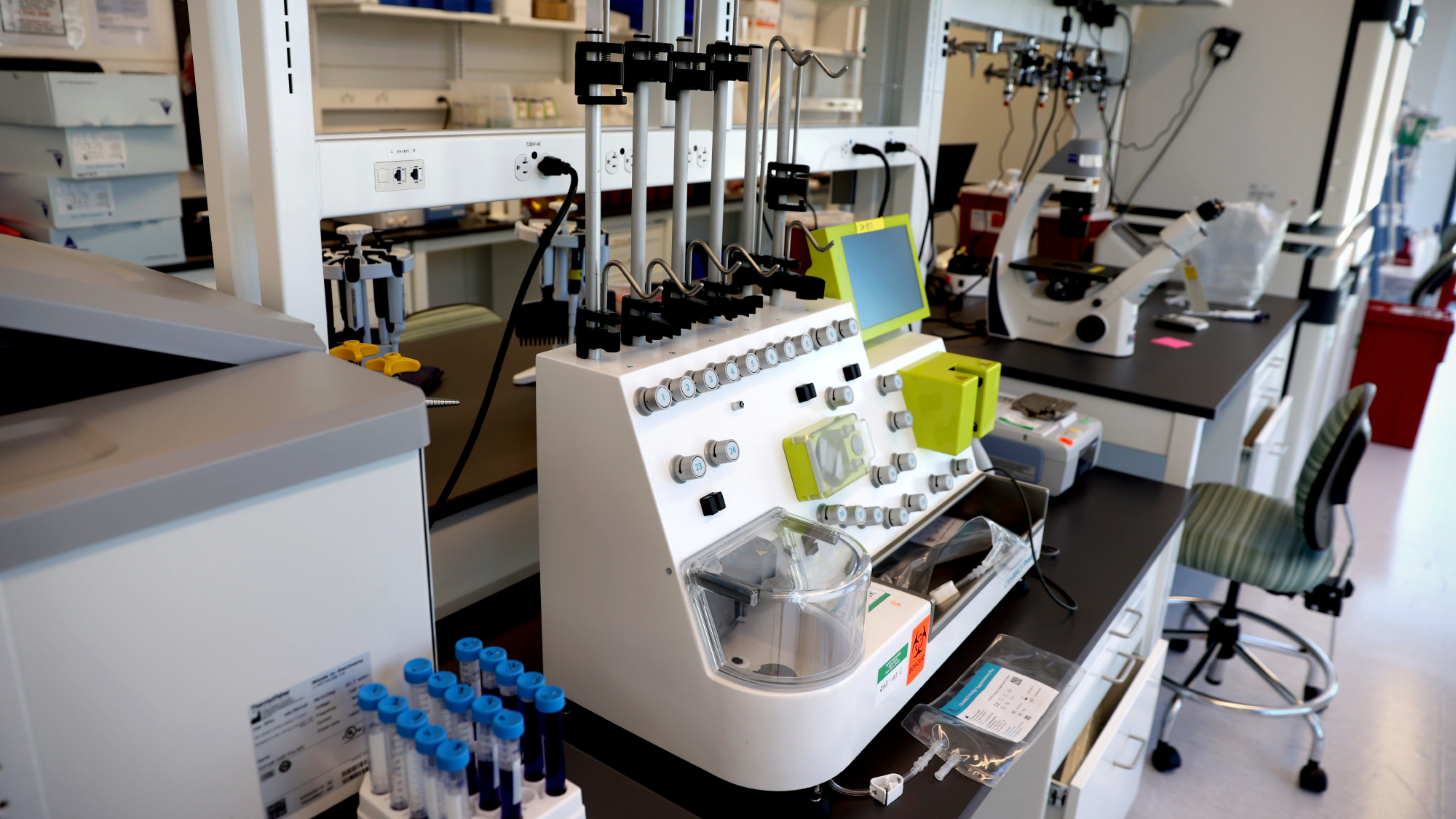 Breakthrough gene-editing treatment saves baby
Breakthrough gene-editing treatment saves babyspeed read KJ Muldoon was healed from a rare genetic condition
-
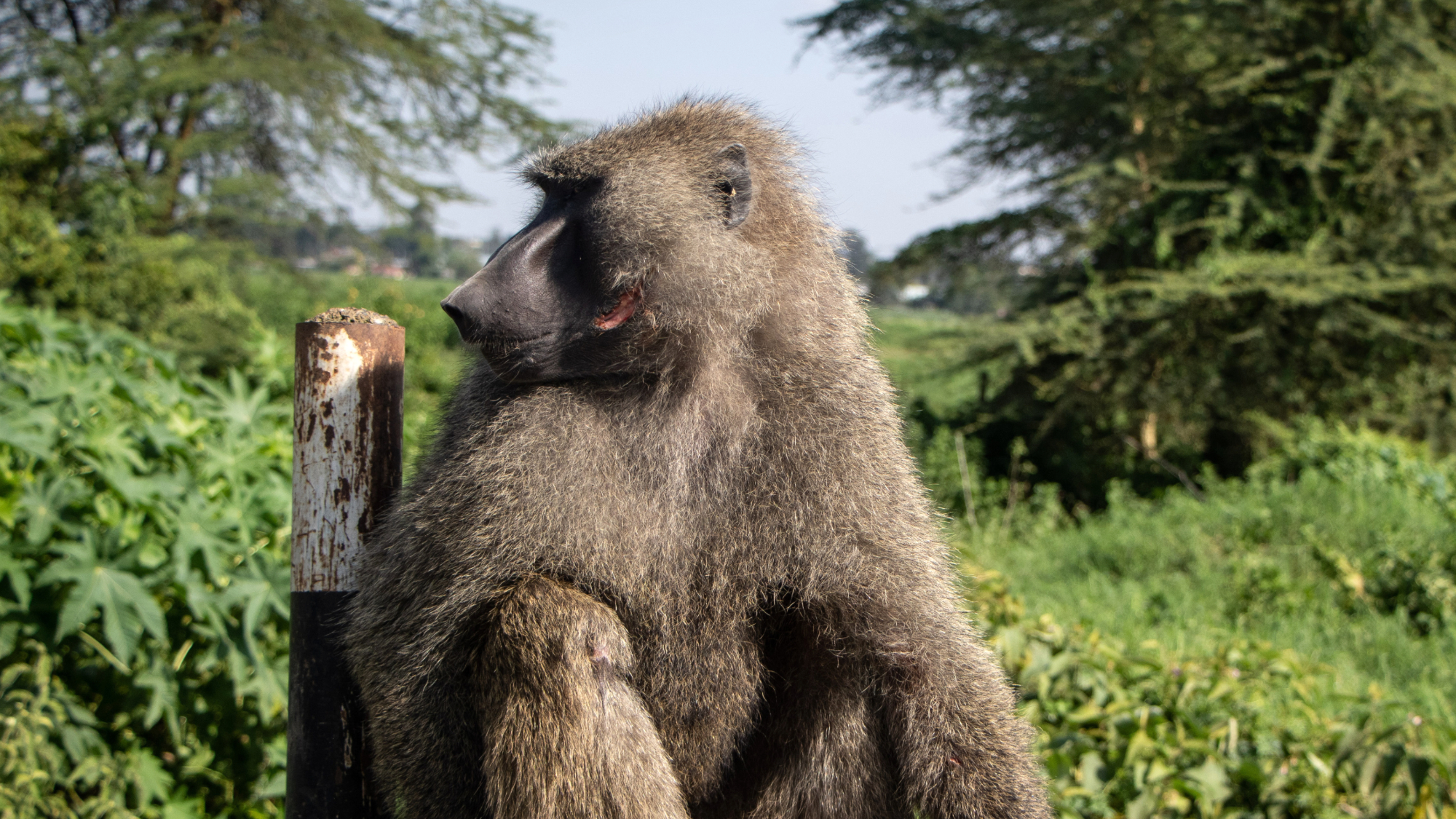 Humans heal much slower than other mammals
Humans heal much slower than other mammalsSpeed Read Slower healing may have been an evolutionary trade-off when we shed fur for sweat glands
-
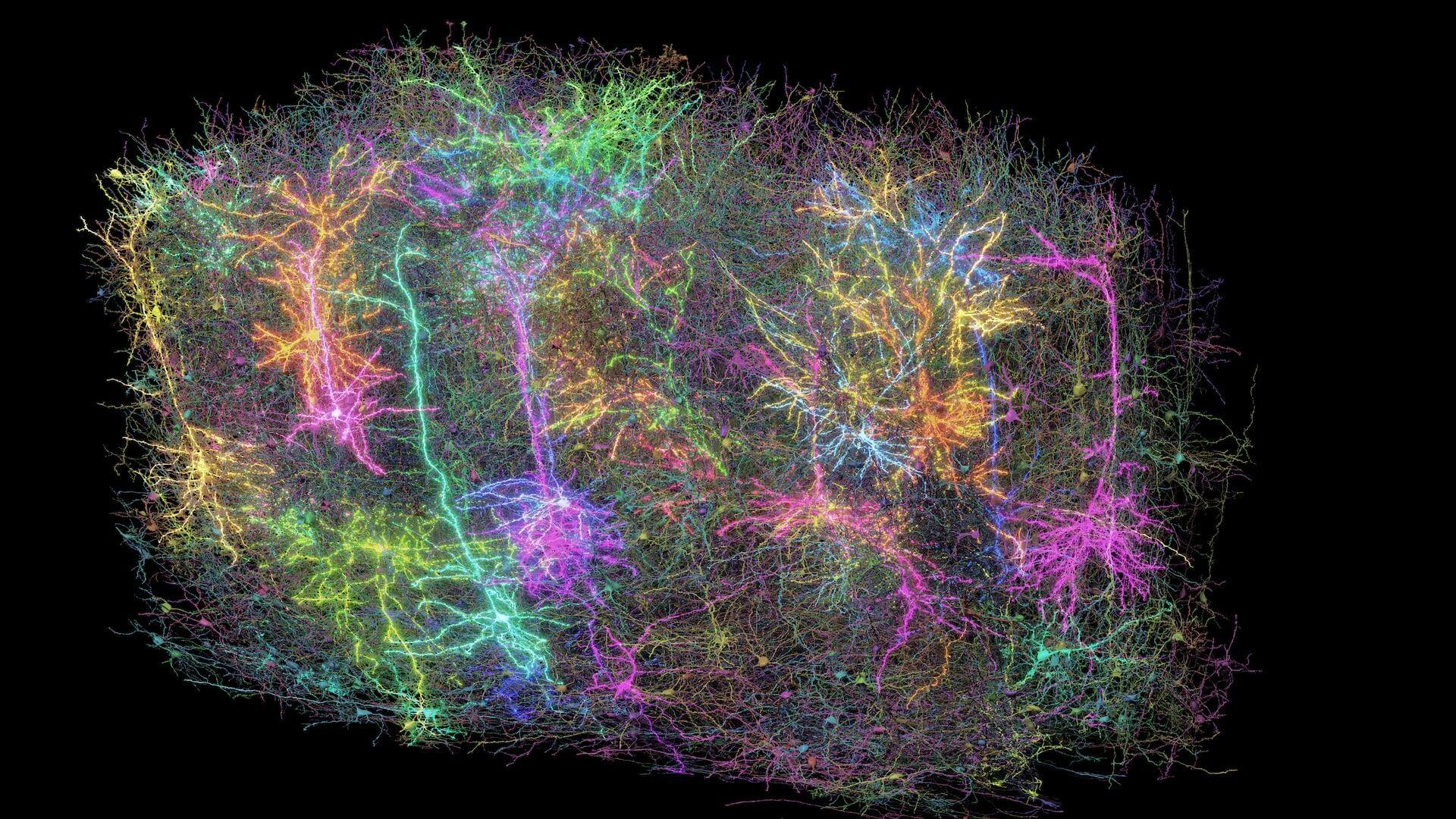 Scientists map miles of wiring in mouse brain
Scientists map miles of wiring in mouse brainSpeed Read Researchers have created the 'largest and most detailed wiring diagram of a mammalian brain to date,' said Nature
-
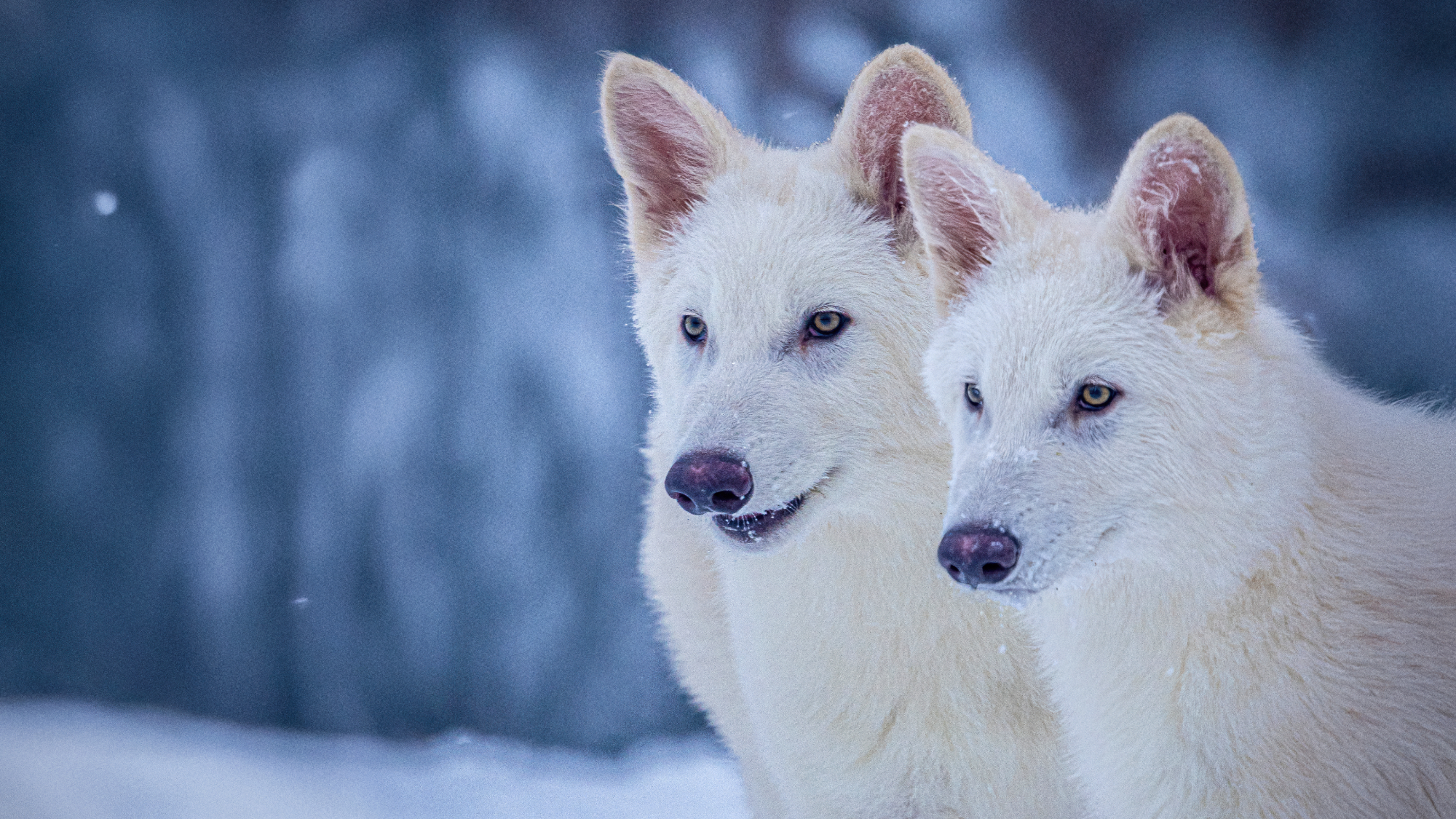 Scientists genetically revive extinct 'dire wolves'
Scientists genetically revive extinct 'dire wolves'Speed Read A 'de-extinction' company has revived the species made popular by HBO's 'Game of Thrones'